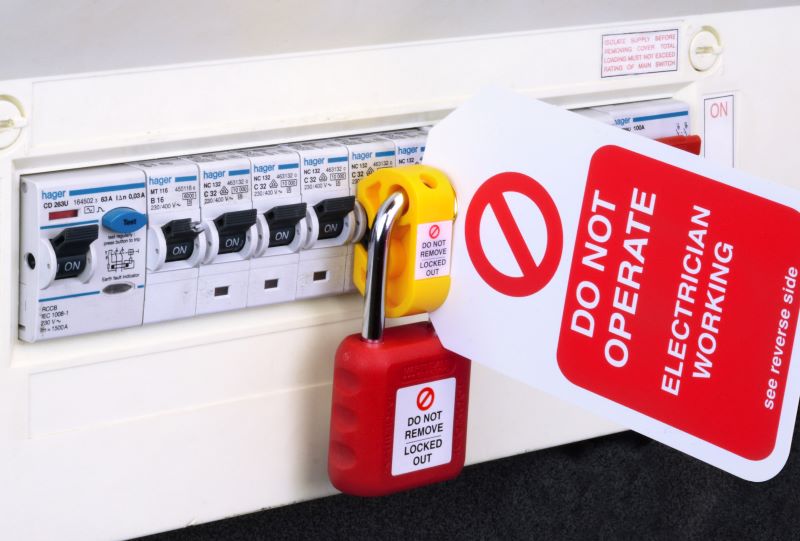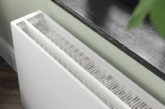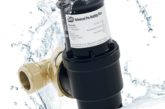
Steve Dunning, Managing Director of Martindale Electric explains how gas safe registered engineers can comply with Gas Safe TB118a.
There may be a tendency to dismiss electrical safety as the remit of the electrician but the reality is that many plumbing and heating installers, and in particular gas engineers, can come into contact with electricity whilst carrying out seemingly innocuous tasks. Sadly, in the figures released by the Health & Safety Executive in late 2022, injury and deaths caused by electricity are still being reported and so it will always be important to carry out simple electrical safety checks.
Taking into account the danger posed by electricity, the Gas Safe Register’s Technical Bulletin 118 addressed test procedures to keep service engineers safe from electrical hazards. This was issued on the 30th of January 2018. On the 1st of February 2023, a new version of the bulletin TB118a was issued which superseded the previous version.
Technical Bulletin 118a provides information and guidance which relates to safe-to-touch and safe isolation procedures on single-phase supplies when carrying out gas work. This will be followed by a version covering loop impedance and multi-phase supplies at a later date. The technical bulletin should be read in conjunction with all other relevant safety guidance such as HSE Guidance Note GS38 (Electrical test equipment for use on low voltage electrical systems, fourth edition).
With the changes to the Gas Safe Register’s Technical Bulletin in mind, Martindale Electric has developed a range of electrical test and lock off kits especially for gas engineers.
Lock off
As a solution for locking off, the Martindale LOKKITGAS1 enables gas service engineers to securely lock off circuits before carrying out work on appliances connected to the mains power supply. Locking off the supply is an essential step in safe isolation procedures as required by the Electricity at Work Regulations and Gas Safe Register Technical Bulletin TB118a.
The kit includes both miniature MCB locks and the LOKFS1 universal fused spur locking off device which provides a simple solution for safely isolating fixed wired appliances including cookers, boilers, hand dryers and water heaters. Once the fuse tray has been opened and the fuse removed, the LOKFS1 is secured in place using the screw heads of the existing facia plate and then locked off with a compatible padlock to prevent reinsertion of the fuse.
Safe isolation
For a complete solution for safe isolation, Martindale has developed the TB118KITA Kit, again especially for gas engineers. It includes the VIPD138-S voltage indicator and compatible proving unit, to prove the circuit is dead, plus the LOKKITGAS1 as previously detailed, which enables gas service engineers to securely lock off circuits. The need for proving a circuit is dead arises because labelling can often be absent or, more dangerously, incorrect. It is not safe to assume a circuit or those adjacent to it are dead just because the isolation device appears to be in the off position.
The kit includes all the essential test tools for gas safety engineers to achieve compliance to safe isolation procedures as required by the Electricity at Work Regulations and Gas Safe Register Technical Bulletin TB118a including easy-to-use tools for live voltage indication together with locking off devices all supplied in a high-quality soft carry case.
The Martindale TB118KIT1 includes all the tools contained in the TB118KITA but with the addition of loop verification testing if needed. The Martindale TB118KITA is the ideal solution for Gas Engineers working on systems with an electrical supply. It includes the main items of test and safety equipment to aid safe isolation, verification that the circuit is dead and lock off procedures as detailed in the technical bulletin, helping to keep workers safe.
Think ‘ALIVE’
Three years ago Martindale introduced its six-step protocol to safeguard anyone working on or near an electrical installation. This protocol has since been condensed into the simplified acronym ‘ALIVE’ to make it easy to remember and help reduce the number of electricity-related injuries and fatalities in the workplace.
A is for Approved kit. The first step will ensure your equipment meets all legal safety standards. Always make sure that the Voltage Indicators (VI) comply with BS EN61243-3 to ensure that your equipment is functioning correctly and that you can detect dangerous voltages in the circuit.
L is for Lock Out. Next, identify the point of isolation, lock it off and place warning tags onto the equipment. A basic lock-off kit should include a selection of MCB Lock Off devices, a padlock with a unique key, a hasp if more than one person is working on a system as well as lock-out tags and warning labels. This will help to prevent anyone from accidentally turning the power back on while you are working on the circuit.
I is for Initial Prove. After locking out the equipment, test your VI against the proving unit to make sure it is working properly. It is recommended to use a dedicated proving unit matched to the VI to fully test that all LEDs on all ranges are working. A proving unit is safer than the mains and provides a live source wherever you are working.
V is for Voltage Test. Use your VI to make sure dangerous voltage levels are not in the circuit you are about to work on. Verify that the circuit you intend to work on is the correct circuit which you have safely isolated.
E is for Ensure. Finally, prove the VI against the proving unit again before starting to work on the circuit. Re-test your VI is functioning and working correctly to make sure that no damage has occurred, or fault appeared, on your equipment.












